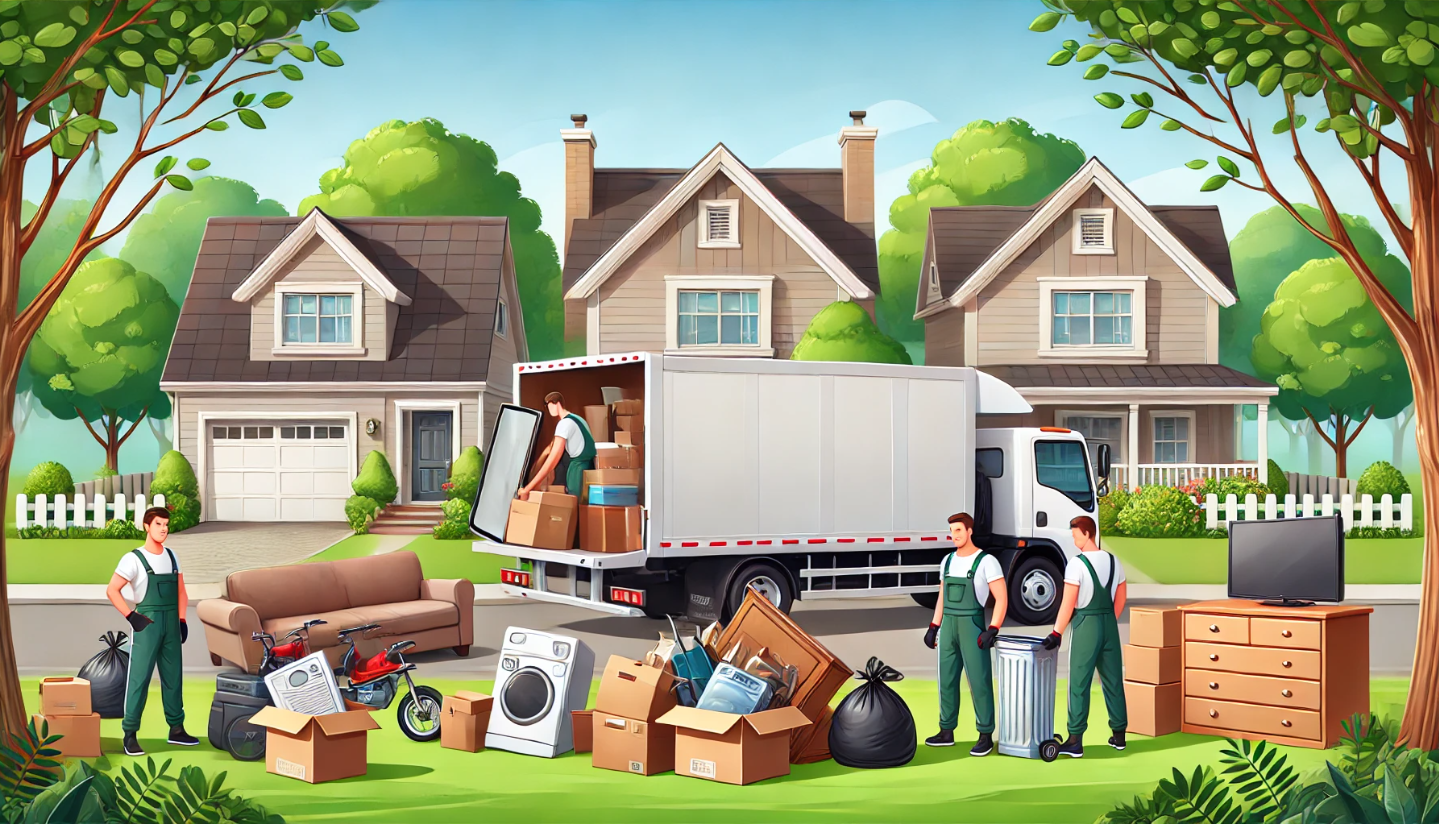
Household Junk Disposal: A Comprehensive Guide
Disposing of household junk can be overwhelming, especially with accumulated clutter that takes up space and disrupts daily life. Whether you’re decluttering, downsizing, or remodeling, understanding the best practices for household junk disposal is key to a cleaner and more organized home.
Why Proper Household Junk Disposal Matters
1. Environmental Impact
Improper disposal can harm the environment. Items like electronics, batteries, and paints may release toxins if not handled responsibly.
2. Health and Safety
Piles of junk can attract pests, cause accidents, and create fire hazards.
3. Aesthetic Appeal
A clutter-free home is more inviting, comfortable, and easier to maintain.
Eco-Friendly Junk Disposal Tips
Adopting sustainable practices ensures minimal environmental impact.
1. Recycle
- What to Recycle: Paper, glass, plastics, and electronics.
- How: Separate items into designated bins and check local recycling guidelines.
2. Donate
- What to Donate: Usable furniture, clothes, and appliances.
- How: Contact local charities or list items on community platforms like Freecycle.
3. Repurpose
- Transform old furniture into DIY projects or use glass jars for storage.
4. Hire Eco-Conscious Services
Professional junk removal companies often partner with recycling centers to ensure eco-friendly disposal.
Types of Household Junk
Understanding what qualifies as household junk helps in choosing the right disposal method.
| Type of Junk | Examples | Disposal Tips |
|---|---|---|
| Furniture | Old sofas, chairs, tables | Donate or recycle if usable; hire pros for large items. |
| Electronics (E-waste) | Phones, laptops, TVs | Use certified e-waste recycling programs. |
| Appliances | Refrigerators, microwaves | Check for repair options before disposal. |
| Yard Waste | Grass clippings, branches | Compost if possible, or call a yard waste service. |
| Hazardous Materials | Paint, batteries, chemicals | Contact local hazardous waste facilities. |
Steps to Efficient Household Junk Removal
Follow these simple steps for hassle-free junk disposal:
- Sort Your Junk
- Separate items by type: recyclable, donatable, and disposable.
- Label bins for easier organization.
- Create a Disposal Plan
- Schedule pickups for recyclables and donations.
- Research local facilities for hazardous waste disposal.
- Choose a Professional Service
- Look for companies offering flexible schedules and eco-friendly options.
- Compare prices and read reviews to find a trusted provider.
- Dispose Responsibly
- Avoid dumping items in unauthorized areas.
- Follow local guidelines for bulk pickups and special waste.
Benefits of Hiring a Professional Junk Removal Service
Professional services simplify the junk removal process and provide added benefits:
- Convenience: Saves time and energy.
- Expertise: Handles hazardous items safely.
- Eco-Friendly Solutions: Ensures items are reused or recycled where possible.
- Bulk Removal: Ideal for large-scale decluttering projects.
FAQs About Household Junk Disposal
1. What items can’t be disposed of in regular trash?
Electronics, hazardous materials, and oversized furniture should be handled separately through recycling or special facilities.
2. How much does junk removal cost?
Costs vary depending on the type and volume of items. Contact local services for estimates.
3. Can I schedule recurring junk removal?
Yes, many companies offer recurring pickups for ongoing projects or regular cleanups.
4. What’s the best way to dispose of old furniture?
Donate usable pieces or hire professionals for heavy or non-recyclable items.
